Whether you are looking to re-finish a classic piece of furniture or are sprucing up a new one, spray painting outdoors can be a challenge. You have to deal with the elements, the weather, and, most importantly, trying to control paint overspray.
Whether you’re a professional or an amateur, overspray can still happen – thankfully, however, there are a number of tips you can follow to help you manage potential paint overspray.
What is Paint Overspray?
When it comes to spray painting, overspray can be defined as the excess paint that does not land on the target surface when using a spray painting machine. Overspray can end up in the air, around the entire work area, or in the environment.
Dealing with overspray is one of the most common issues that tends to occur when working with spray painting tools. Luckily, overspray can be controlled when following proper precautions that are set in place.
What Causes Overspray When Spray Painting?
Overspray is one of the most common issues you can come across when spray painting, and can be caused by a few factors, some of which are in your control:
- Air Pressure: High-pressure spray guns will increase the potential for overspray, as they are hard to control.
- Spray Pattern: Using the wrong spray pattern that does not match the target surface can increase the possibility of overspraying.
- Spray Angle: If you are not spraying at a perpendicular angle or at ninety degrees, you may risk an increase in the chance of overspray.
- Distance from the Surface: Most spray guns suggest the distance between the gun and the item should be between eight to ten inches; any further, and you risk overspray.
- Wind: Last but certainly not least, avoiding spraying on windy days can drastically drop the potential for overspray.
Ways to Prevent Overspray when Painting
Although there are many potential causes of overspray, there are also some things that you can do to prevent it from occurring when spray painting.
- Don't Spray When It's Humid and Windy
The biggest enemy of spray paint might be humidity and wind. If possible, it is best to avoid spray painting when the humidex is starting to get sticky or the wind is blowing at over 10 miles per hour. Simply put, the more you can avoid spray painting on humid or windy days, the better off your finished project will be.
- Use the Correct Spray Tip Size
Using the correct tip size for your project will go a long way to prevent overspraying. A common issue is using a tip size too big for the gun. Always look at the gun's manual; if you have lost that, check the manufacturer's site to find the perfect tip.
- Use the Right Paint Sprayer for Your Project
As with any other project, using the right tool is always a good start to avoiding issues. For instance, if you are looking to spray paint a small piece, it might not be the right choice to use an airless sprayer, as that is meant for larger exterior painting and staining projects.
- Turn Down Your Pressure
Pressure is one of the leading causes of overspray, as you increase the risk of blowback. It is a common misconception that you need to have high pressure to spray paint well, as lower pressure generally leads to a better overall finish.
- Proper Spraying Technique
As with any other form of art, the proper technique will ensure you get the most out of your project. When spray painting, use even bursts with a steady hand to ensure you get the most coverage each time. Do not hold the trigger or remain stationary, as that is an easy way to increase the chance of overspray.
- Use a Spray Paint Shield
Spray shields are one of the best ways to help limit the effects of overspraying. Most shields are either metal or plastic, and will provide you with some cover to help limit the amount of paint making off your work site.
Overspray is something you always want to avoid whenever possible, and its effects hinder professionals and amateurs alike. To help mitigate the possibilities of potential overspray, make sure you follow the manual of your exact machine, take precautionary measures, and master the technique of your machine.
At Bolair, we understand the importance of finding the right tools to help you complete your project at the quality you deserve. Reach out to a member of our team today to get started with your paint-spraying journey.

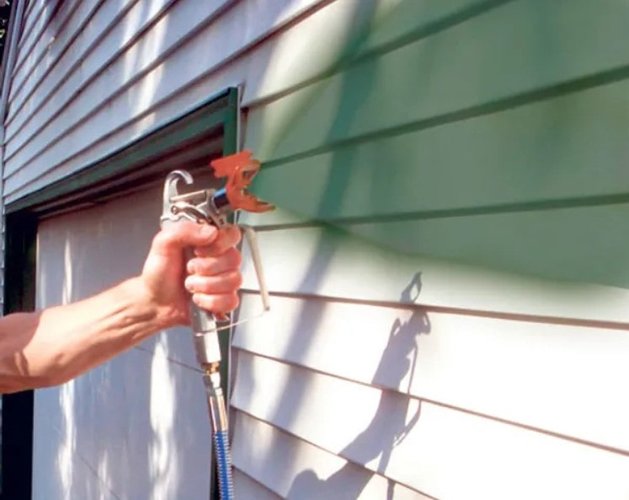

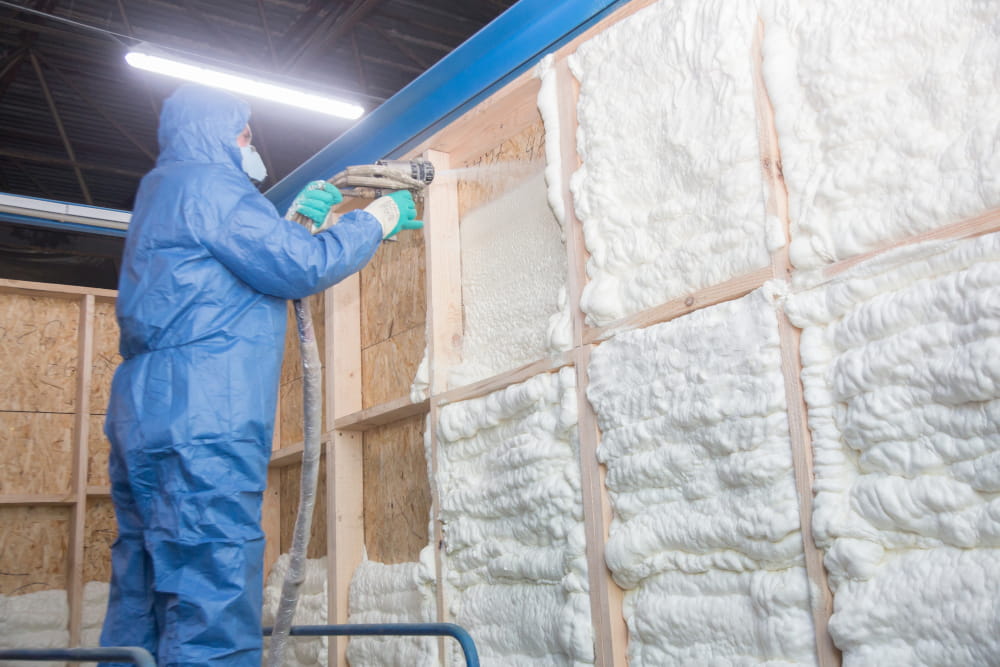
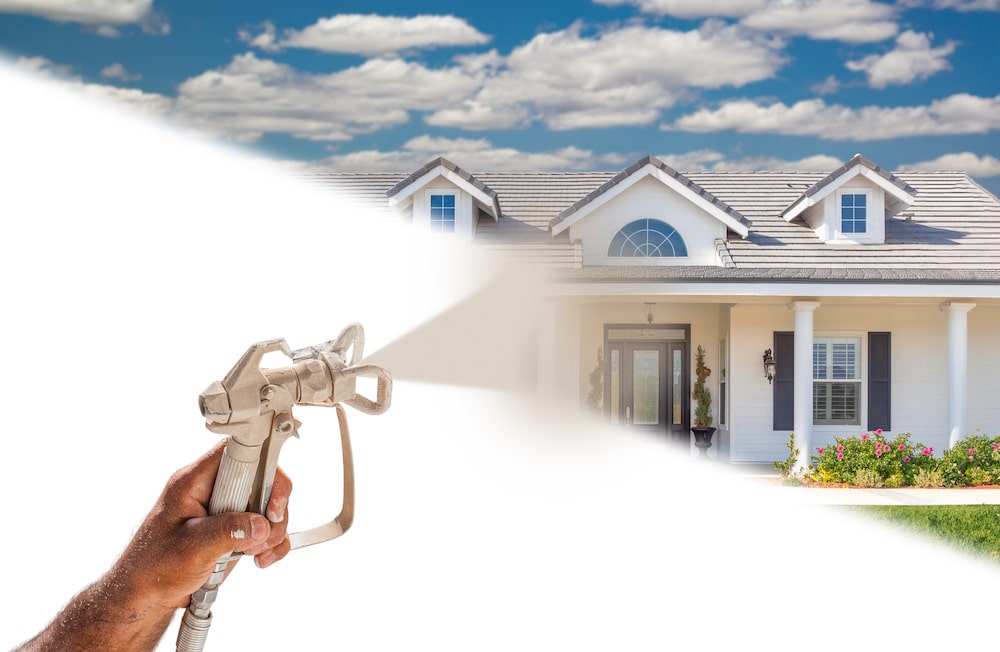
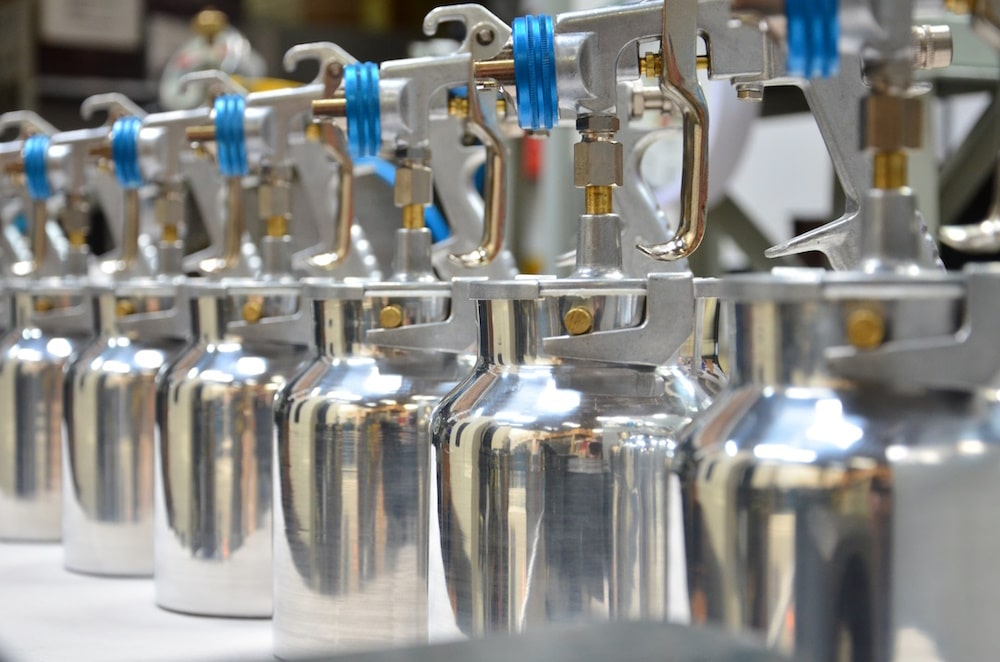
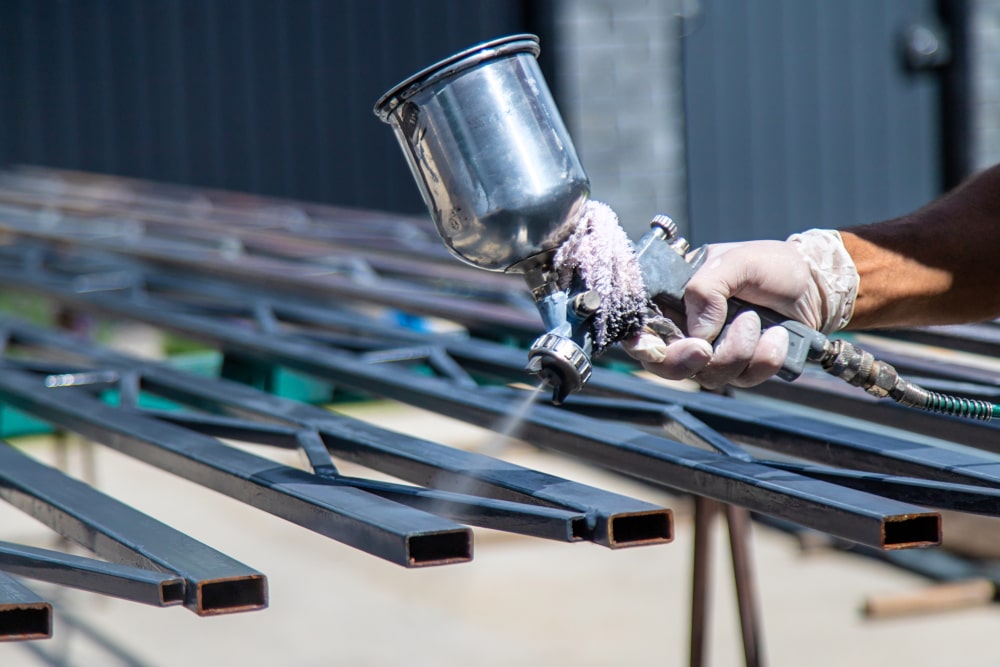

Validate your login
Sign In
Create New Account